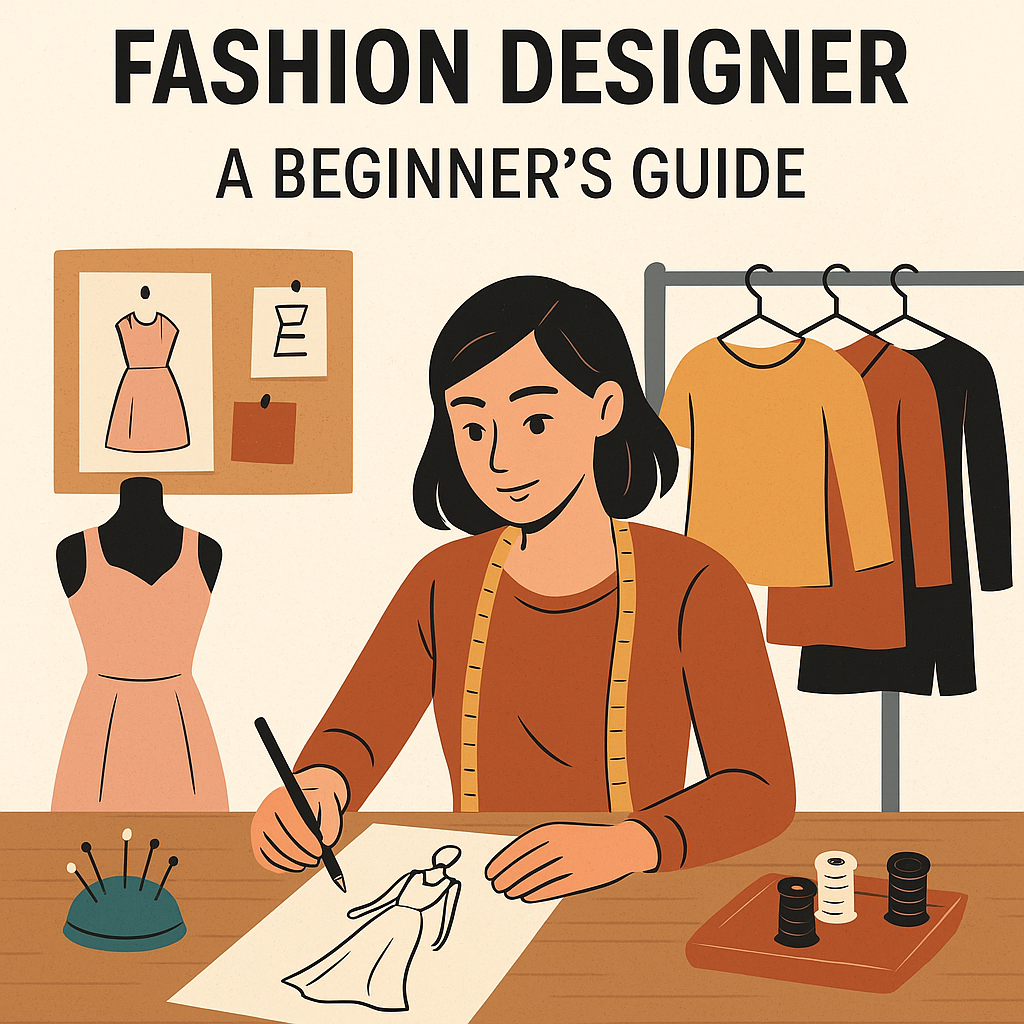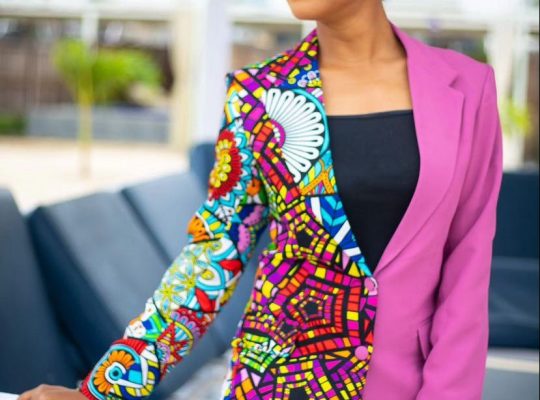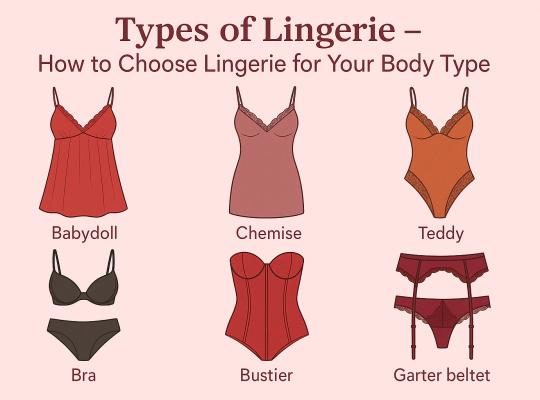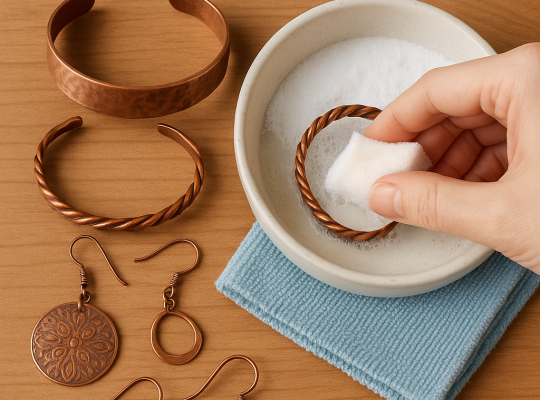Fashion design is not just a profession; it’s an exhilarating form of self-expression that bridges creativity with functionality. If you’ve ever dreamed of transforming ideas into stunning fabrics or envisioning garments that tell a story, this beginner’s guide is your first step into the vibrant world of fashion design. Here, you’ll uncover essential techniques, explore runway inspirations, and learn how to channel your unique vision into tangible creations. Whether you’re drawn to the elegance of haute couture or the casual charm of streetwear, embracing your creativity is key to your success. Prepare to embark on a journey filled with imagination, innovation, and endless possibilities. Let’s unlock your full potential and turn your fashion dreams into reality!
Understanding the Role of a Fashion Designer
A fashion designer is much more than someone who sketches pretty dresses or designs eye-catching outfits. They are visionaries who see the world through a unique lens, translating their observations, emotions, and inspirations into wearable art. This role involves a deep understanding of color theory, textiles, and garment construction, as well as a keen awareness of current fashion trends and consumer preferences. Fashion designers are storytellers, using fabric and form to express their creativity and convey messages through their designs.
At its core, the role of a fashion designer is to create clothing and accessories that are both aesthetically pleasing and functional. This requires a balance of artistic talent and technical skill. Designers must be proficient in sketching their ideas, selecting appropriate fabrics, and working with patterns. They often collaborate with other professionals such as pattern makers, seamstresses, and manufacturers to bring their designs to life. Attention to detail and precision are crucial, as even the smallest mistake can affect the final product.
Moreover, fashion designers need to be adaptable and open to evolving with the industry. The fashion world is fast-paced and ever-changing, with new trends emerging constantly. Designers must stay ahead of the curve, continually seeking inspiration and refining their techniques. This involves not only keeping an eye on the latest runway shows and fashion weeks but also drawing inspiration from diverse sources such as art, culture, nature, and history. Ultimately, a successful fashion designer is one who can seamlessly blend innovation with tradition, creating pieces that resonate with both the contemporary market and their personal artistic vision.
Essential Skills for Aspiring Fashion Designers
Aspiring fashion designers must cultivate a range of skills to excel in this competitive industry. Creativity and artistic ability are, of course, paramount. Designers must be able to envision unique concepts and translate these ideas into sketches and final garments. This requires a strong understanding of design principles, such as balance, proportion, and harmony. Additionally, designers should have a good eye for color and texture, knowing how to combine different fabrics and hues to achieve the desired effect.
Technical skills are equally important in fashion design. Designers must be proficient in sewing, pattern making, and draping to create prototypes and final pieces. Familiarity with various textiles and their properties is essential, as different fabrics behave differently when cut, sewn, and worn. Knowledge of garment construction techniques, such as seams, darts, and pleats, is also crucial. Many designers use computer-aided design (CAD) software to create digital sketches and patterns, so proficiency in these programs is a valuable asset.
In addition to creativity and technical skills, aspiring fashion designers need strong business acumen. Understanding the fashion market, including consumer behavior, pricing strategies, and marketing techniques, is vital for success. Designers must be able to manage budgets, negotiate with suppliers, and promote their brand effectively. Good communication and teamwork skills are also important, as designers often work closely with other professionals, including buyers, merchandisers, and marketing teams. By developing a well-rounded skill set, aspiring fashion designers can navigate the complexities of the industry and turn their creative visions into reality.
Exploring Different Fashion Design Specializations
Fashion design is a diverse field with numerous specializations, each offering unique opportunities for creative expression. One of the most well-known specializations is haute couture, which involves creating custom, high-end garments for individual clients. Haute couture designers focus on meticulous craftsmanship, using luxurious fabrics and intricate techniques to create one-of-a-kind pieces. This specialization requires a high level of skill and precision, as well as a deep understanding of traditional sewing and embellishment methods.
Another popular specialization is ready-to-wear, or prêt-à-porter, which involves designing clothing for mass production and sale in retail stores. Ready-to-wear designers create collections that are produced in standard sizes and sold to a broader audience. This specialization requires a balance of creativity and practicality, as designers must create stylish, marketable pieces that can be produced efficiently and affordably. Ready-to-wear designers often work closely with manufacturers to ensure their designs can be replicated on a large scale without compromising quality.
Fashion design also encompasses various niche specializations, such as bridal wear, sportswear, and accessories design. Bridal wear designers create wedding dresses and related attire, focusing on elegance, romance, and intricate detailing. Sportswear designers create functional, stylish clothing for athletic and casual wear, prioritizing comfort, performance, and durability. Accessories designers focus on creating items such as shoes, bags, and jewelry, often using a combination of materials and techniques to produce unique, eye-catching pieces. By exploring different specializations, aspiring fashion designers can find the area that best aligns with their interests and skills, allowing them to carve out a niche in the industry.
The Importance of Fashion Education and Training
While natural talent and creativity are essential for a successful career in fashion design, formal education and training can significantly enhance an aspiring designer’s skills and knowledge. Fashion design programs, offered by various institutions worldwide, provide comprehensive training in the technical and artistic aspects of the field. These programs cover topics such as garment construction, textiles, pattern making, fashion illustration, and design theory, equipping students with the foundational skills needed to succeed in the industry.
In addition to technical skills, fashion design education often includes courses on fashion history, trend forecasting, and fashion marketing. Understanding the historical context of fashion helps designers draw inspiration from past styles and movements, while trend forecasting teaches them to anticipate and respond to future market demands. Fashion marketing courses provide insights into branding, consumer behavior, and promotional strategies, helping designers build and promote their own labels effectively. Many programs also offer opportunities for hands-on experience through internships, workshops, and industry collaborations, allowing students to apply their skills in real-world settings.
Furthermore, fashion design education fosters a sense of community and networking opportunities. Students have the chance to connect with peers, instructors, and industry professionals, building relationships that can be invaluable in their careers. Many institutions host fashion shows, competitions, and portfolio reviews, providing students with platforms to showcase their work and receive feedback from industry experts. By pursuing formal education and training, aspiring fashion designers can gain the knowledge, skills, and connections needed to thrive in the competitive fashion industry.
Building Your Fashion Portfolio: Tips and Tricks
A strong fashion portfolio is crucial for aspiring designers, as it showcases their skills, creativity, and unique design perspective. A well-curated portfolio can open doors to job opportunities, internships, and collaborations, making it an essential tool for anyone looking to break into the fashion industry. To create an impressive portfolio, designers should focus on presenting a diverse range of work that highlights their versatility and technical proficiency.
One of the first steps in building a fashion portfolio is to select a variety of projects that demonstrate different aspects of your design abilities. Include sketches, mood boards, fabric swatches, and photographs of finished garments to provide a comprehensive view of your creative process. Be sure to showcase a mix of styles, such as casual wear, evening wear, and experimental pieces, to illustrate your adaptability and range. It’s also important to highlight your technical skills, such as sewing, pattern making, and draping, by including detailed images and descriptions of your work.
Presentation is key when creating a fashion portfolio. Organize your work in a visually appealing and coherent manner, ensuring that each project flows seamlessly into the next. Use high-quality images and professional layouts to make your portfolio stand out. Consider creating both a physical and digital version of your portfolio, as different opportunities may require different formats. Additionally, regularly update your portfolio with new work and remove older pieces that no longer represent your current skill level or design aesthetic. By carefully curating and presenting your portfolio, you can effectively showcase your talents and make a lasting impression on potential employers and collaborators.
Finding Your Unique Design Style
One of the most exciting and challenging aspects of becoming a fashion designer is discovering and developing your unique design style. Your style is a reflection of your personal tastes, influences, and creative vision, setting you apart from other designers in the industry. Finding your unique design style involves a process of exploration, experimentation, and self-discovery, allowing you to create a signature aesthetic that resonates with your audience.
To begin finding your unique design style, start by exploring different sources of inspiration. Look to fashion history, art, culture, nature, and everyday life for ideas and influences. Pay attention to the elements that resonate with you, such as specific colors, patterns, silhouettes, or textures. Create mood boards or sketchbooks to collect and organize your inspirations, helping you identify recurring themes and preferences. Experiment with different techniques, materials, and styles to see what feels most authentic and exciting to you.
As you develop your design style, it’s important to stay true to your vision and avoid following trends too closely. While it’s essential to stay aware of current fashion trends, your unique style should reflect your personal perspective and creativity. Trust your instincts and be confident in your choices, even if they deviate from mainstream fashion. Seek feedback from mentors, peers, and industry professionals to refine your style, but ultimately, your design aesthetic should be a genuine expression of your individuality. By embracing your unique vision and continuously evolving your style, you can create a distinctive and memorable presence in the fashion industry.
Networking in the Fashion Industry
Networking is a vital component of building a successful career in fashion design. The fashion industry is highly competitive and often relies on connections and relationships to open doors and create opportunities. By actively engaging with other professionals, aspiring designers can gain valuable insights, mentorship, and support, as well as potential job offers, collaborations, and partnerships. Networking involves attending industry events, joining professional organizations, and leveraging social media to connect with others in the field.
One of the most effective ways to network in the fashion industry is by attending events such as fashion shows, trade shows, and industry conferences. These events provide opportunities to meet designers, buyers, editors, and other key players in the fashion world. Engage in conversations, exchange business cards, and follow up with contacts after the event to build meaningful relationships. Many events also offer workshops, panel discussions, and networking sessions, allowing you to learn from industry experts and gain valuable knowledge.
Joining professional organizations and online communities can also enhance your networking efforts. Organizations such as the Council of Fashion Designers of America (CFDA) and the Fashion Group International (FGI) offer memberships that provide access to exclusive events, resources, and networking opportunities. Social media platforms like Instagram, LinkedIn, and Twitter are also valuable tools for connecting with industry professionals and showcasing your work. Follow and engage with influential designers, brands, and fashion enthusiasts, and participate in online discussions and collaborations. By actively networking and building relationships, you can expand your professional network and increase your chances of success in the fashion industry.
The Role of Technology in Fashion Design
Technology has revolutionized the fashion industry, transforming the way designers create, produce, and market their work. From computer-aided design (CAD) software to 3D printing and virtual reality, technological advancements have opened up new possibilities for innovation and efficiency in fashion design. Embracing technology can help designers streamline their processes, enhance their creativity, and stay competitive in the ever-evolving fashion landscape.
One of the most significant technological advancements in fashion design is the use of CAD software. CAD programs allow designers to create detailed digital sketches, patterns, and prototypes, making the design process more efficient and precise. Designers can experiment with different colors, fabrics, and styles digitally, saving time and resources. CAD software also enables designers to create virtual samples and conduct virtual fittings, reducing the need for physical prototypes and minimizing waste. Additionally, CAD programs often include features for pattern grading and marker making, streamlining the production process.
Innovations such as 3D printing and virtual reality are also transforming the fashion industry. 3D printing allows designers to create intricate and customizable pieces, from accessories to entire garments, using advanced printing techniques and materials. This technology enables rapid prototyping and production, reducing lead times and costs. Virtual reality (VR) and augmented reality (AR) are being used to create immersive fashion experiences, from virtual fashion shows to virtual try-ons. These technologies enhance the consumer experience and provide new ways for designers to showcase their work. By embracing technology, fashion designers can push the boundaries of creativity and efficiency, staying ahead in a competitive industry.
Starting Your Own Fashion Line: A Step-by-Step Guide
Starting your own fashion line is an exciting and ambitious endeavor that requires careful planning, creativity, and determination. While the process can be challenging, it is also incredibly rewarding, allowing you to bring your unique vision to life and share it with the world. Here is a step-by-step guide to help you navigate the journey of launching your own fashion line.
- Develop Your Concept and Brand: Begin by defining your brand identity and target audience. Consider what sets your designs apart and how you want to be perceived in the market. Create a brand name, logo, and visual identity that reflect your aesthetic and values. Develop a clear concept for your first collection, including themes, colors, and key pieces.
- Create a Business Plan: A solid business plan is essential for outlining your goals, strategies, and financial projections. Include details on your target market, pricing strategy, marketing plan, and sales channels. Identify your startup costs, such as materials, production, marketing, and distribution, and determine how you will fund your business.
- Design and Develop Your Collection: Start sketching your designs and creating technical drawings. Select fabrics, trims, and materials that align with your concept. Develop patterns and create prototypes or samples of each piece in your collection. Pay attention to fit, quality, and craftsmanship to ensure your designs meet your standards.
- Source Manufacturers and Suppliers: Research and connect with manufacturers and suppliers who can produce your designs. Consider factors such as production capabilities, minimum order quantities, lead times, and costs. Build relationships with reliable partners who can help you bring your collection to life.
- Market and Promote Your Brand: Develop a marketing strategy to promote your fashion line and reach your target audience. Utilize social media, influencer partnerships, and fashion events to build brand awareness and generate buzz. Create a professional website and online store to showcase and sell your collection.
- Launch and Distribute Your Collection: Plan a launch event or fashion show to debut your collection. Reach out to buyers, retailers, and press to secure distribution and coverage. Utilize e-commerce platforms and retail partnerships to make your collection accessible to customers. Monitor sales and gather feedback to refine your future collections.
Starting your own fashion line requires dedication, creativity, and business acumen, but with careful planning and execution, you can turn your passion into a successful brand. Embrace the journey, learn from challenges, and stay true to your vision as you build your fashion empire.
Conclusion: Embracing Your Creative Journey in Fashion Design
Embarking on a career in fashion design is a thrilling and transformative journey that allows you to express your creativity, innovate, and make a mark in the industry. From understanding the multifaceted role of a fashion designer to honing essential skills and exploring different specializations, this guide has provided you with the foundational knowledge to begin your fashion design adventure.
Pursuing formal education and training, building a strong portfolio, and finding your unique design style are crucial steps in establishing yourself as a designer. Networking and embracing technology can further enhance your opportunities and keep you at the forefront of the ever-evolving fashion landscape. Whether you’re dreaming of starting your own fashion line or working with established brands, the possibilities are limitless.
As you embrace your creative journey in fashion design, remember that perseverance, passion, and authenticity are key to your success. Stay inspired, continue learning, and never be afraid to take risks and push the boundaries of your creativity. The world of fashion design is filled with endless opportunities and possibilities, waiting for you to unlock your full potential and turn your fashion dreams into reality.






